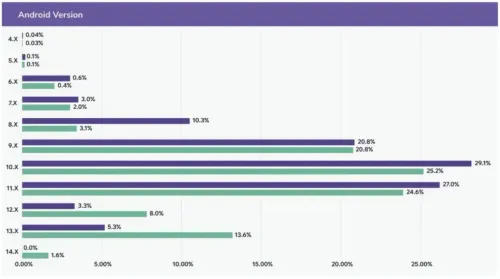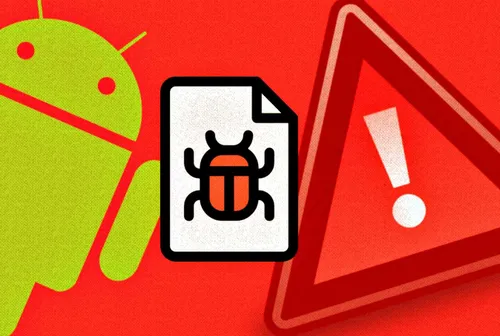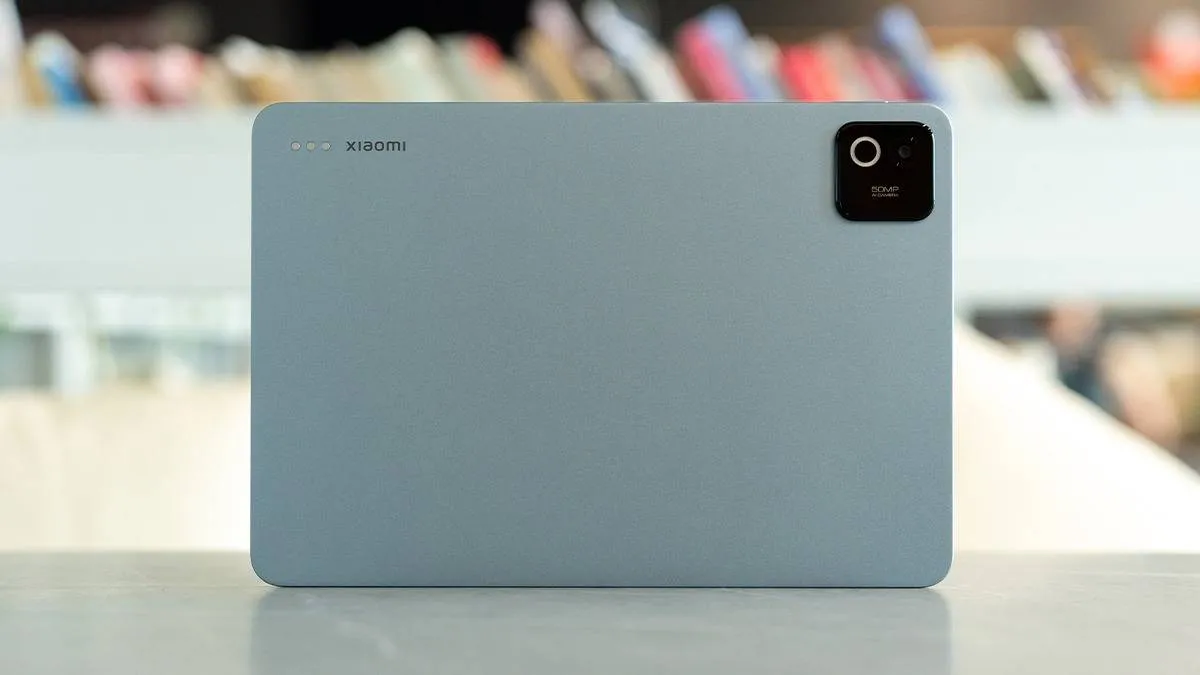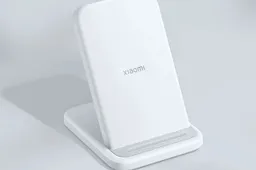
Android phones are great for their flexibility, but businesses face a challenge: many stick with older versions for too long. This can lead to security problems and missed out features.
Outdated Android Phones in Businesses: A Security Headache
Why Businesses Use Old Android Phones
- Long Update Cycles: Businesses buy phones in bulk and keep them for years. Newer phones might have newer Android versions, but businesses might not upgrade right away.
- Fear of Change: Businesses don't want new software to mess up their current operations.
- Cost Concerns: Upgrading phones and software can be expensive. Businesses might wait until they absolutely have to upgrade.
The Dangers of Old Android Phones
- Security Holes: Older versions don't have the latest security patches, leaving them vulnerable to attacks. This is especially risky for businesses that handle sensitive data.
- No New Features: Businesses miss out on new features that could make them more productive.
Apple's Different Approach
- Apple Controls Everything: Apple makes both the hardware and software for iPhones, so updates are easier to roll out.
- Longer Updates: Apple generally supports older iPhones with updates for longer, giving businesses more time to upgrade.
- Security Focus: Apple prioritizes security, making updates more appealing to businesses.

Solutions for a More Secure Future
- Faster Updates for Businesses: Google and phone makers can work together to get security updates to businesses faster. This could involve special channels for updates and longer support for popular business versions of Android.
- Better Security Tools: Security companies can create tools that protect even outdated Android phones. These tools could find and stop threats even on older software.
- Security Training for Employees: Businesses should teach employees about cybersecurity. This includes explaining why updates are important and how to spot security risks.
Finding the Right Balance
Businesses need to weigh the risks of outdated software against the cost and disruption of upgrades. By working together, Google, phone makers, security companies, and businesses can make Android in the workplace both secure and up-to-date.
Keeping Android Safe at Work: Balancing Security and Cost
Many businesses use Android phones and tablets, but there's a challenge: keeping software up-to-date. This can be risky and businesses miss out on new features. Let's see how this balancing act works in different fields and what can be done to improve things.
Keeping Up in Different Fields
- Hospitals: Here, patient privacy is key. Outdated phones could be hacked, leading to big trouble. Faster updates specifically for medical devices are needed.
- Banks: Banks deal with sensitive financial information. Older systems on outdated phones could be attacked. Separating sensitive data or switching to a more secure system might be necessary.
- Stores: Cash registers often run on older versions because they are specialized. Updating them without disrupting business requires careful planning.
Solutions to the Update Problem
- Pick a Few Versions: Choosing a few versions of Android for the business makes updates easier. Having a clear plan to upgrade devices regularly keeps things secure.
- Run Apps Separately: Special software ("containers") let businesses run apps on a secure platform, regardless of the phone's version. This protects important apps even if the phone itself isn't up-to-date.
- Move to the Cloud: Running apps in the cloud means they don't rely on the phone's operating system. This gives businesses more flexibility and eliminates the need for device-specific updates.
- Automatic Updates: Setting updates to happen automatically keeps devices protected without needing IT staff to do it manually.
Mobile Device Management (MDM) to the Rescue

These tools (MDM) are like a central control system for Android devices in businesses. They can:
- Manage Devices: MDM can enforce security rules, install apps, and even remotely wipe compromised devices. This helps keep things secure even with older Android versions.
- Manage Apps: MDM can streamline deploying and managing apps across different Android versions, ensuring everything works consistently and securely.
- Patch Updates Automatically: MDM can automate security patch updates, reducing the burden on IT and keeping devices protected.
Working Together for a Secure Future
Everyone needs to work together to make Android more secure and less fragmented in businesses. This includes Google, phone makers, security companies, and businesses themselves.
- Focus on Real-Time Security: This approach focuses on granting access based on real-time factors, not just how secure a device is. This can further protect businesses even with outdated devices.
- Faster Security Updates: Google can encourage phone makers to prioritize updates for business phones. Phased updates can also minimize disruption while keeping devices protected.
- Open Communication: Everyone involved - Google, manufacturers, security companies, and businesses - needs to talk openly. Sharing best practices and security information can lead to better solutions for managing updates.
Security You Can Trust
While a perfect Android environment might not be possible, businesses can take steps to minimize risks. By prioritizing security awareness, having a plan for updates, and using MDM tools, businesses can create a more secure future for their Android devices. Working together, everyone can make Android a reliable and secure platform for businesses.
Popular News
Latest News
Loading






